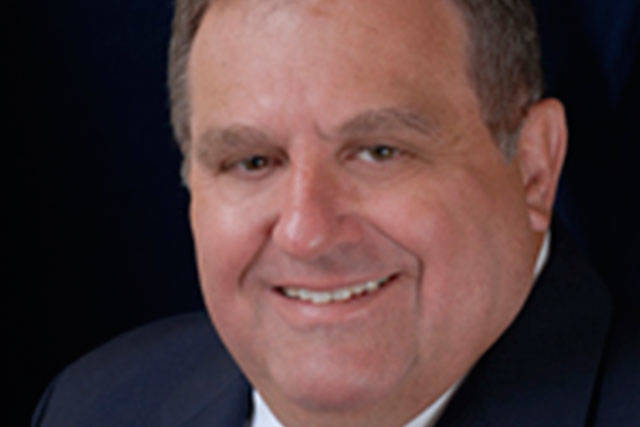The good news is Washington state’s revenues continue to grow and projections for the next couple of years appear promising. That is welcome news, but it is sprinkled with caution about introducing new taxes.
Our state’s Economic and Revenue Forecast Council quarterly update shows a whopping 17.3 percent increase in state income for the current biennium. That welcome announcement comes just in time for Christmas.
For background, Washington’s budget is on a two-year cycle. The current spending plan started in July 2017 and runs through June 2019. State tax collections, boosted by robust economic growth, are expected to generate $45.8 billion. Unlike Congress, our state is required to balance its budget and can only borrow to bond for roads, schools and public buildings.
As ERFC looks ahead to 2019-21, it projects a 9.2 percent revenue increase and 7.6 percent in 2021-23.
Last week, the Washington Research Council’s carried the headline: “Revenues are still growing strong, but for how long?”
WRC, which has tracked our state’s budgets and taxes since 1932, recognize the uniqueness of our Washington’s tax structure. Our state is only one of seven with no personal or corporate income tax and doesn’t tax capital gains. Rather, Washington has a Business and Occupation tax, which charges businesses on their total (gross) income.
We collect nearly half (45 percent) of our state revenue from sales tax, which when combined with local government charges can reach a combined rate of 9.6 percent. Washington motorists pay the nation’s third highest gasoline tax at 67.7 cents per gallon.
Here in lies the cautionary warnings.
In recent legislative sessions in Olympia, Gov. Jay Inslee and some lawmakers attempted to create a new 7 percent capital gains tax on earnings from the sale of stocks, bonds and other assets above $25,000 for individuals and $50,000 for those who file jointly.
Additionally, Inslee backed a new carbon fee initiative to combat climate change which was solidly defeated (54-47) by voters last month.
Initiative 1631, which would have launched in 2020, taxed, many but not all emitters, $15 per metric ton of CO2 releases. The levy would increase each year by $2 per metric ton (plus inflation) reaching about $43 by 2030. The funding decisions would be made by an appointed 15-member board.
The costs would fall heavily on households, The Washington Policy Center found. The average household tax increase would range from $234 to $305 in 2021 and climb to between $672 and $877 in 2030. The largest portion of the cost would be in a 14-cent per-gallon gas tax.
The fuel tax has epicenter of the recent riots in France where diesel currently costs $6.50 a gallon. It is slated to increase to fight climate change.
France has a 9.2 percent unemployment rate and is already the most heavily taxed among the developed nation in world, according to the Organization for Economic Cooperation and Development.
The Wall Street Journal reports: “France doesn’t collect that revenue in the ways you might think. Despite the stereotype of heavy European income taxes on the rich, Paris relies disproportionately on social-insurance, payroll and property taxes.”
“The rich aren’t rich enough to fund the modern welfare state’s ambitions, and their labor and wealth are too mobile to pin down in high-tax jurisdictions,” WSJ said. “The real money is in the middle class, whose labor income is far easier to tax, especially if the tax is disguised as a social “contribution.”
The Atlantic summed the situation best: “The protesters have said that whereas (French President Emmanuel) Macron is focused on the end of the world, they are simply focused on the end of the month.”
That precaution resonates in our state as well.
Don Brunell is a business analyst, writer and columnist. He retired as president of the Association of Washington Business, the state’s oldest and largest business organization, after over 25 years as its CEO and now lives in Vancouver, Wa. He can be contacted at TheBrunells@msn.com.



